

Why does it seem most people, mainly conservatives, against Trans people?
I think it’s important to establish the validity of the claim, and the assumptions being made, since you cited no sources, nor did you provide any definitions, nor did you specify any assumptions; I will presume that by “conservative”, you are referring to American Republicans.
Why does it seem most people […][are] against Trans people?
It does not appear that “most people” (I assume you mean “the majority of people”) are “against trans people” (I’m not entirely sure exactly what you mean by this, so I will assume it means not being in favor of protecting trans people from discrimination) [1.2][1.1].
Why does it seem […] conservatives […][are] against Trans people?
It does seem that the majority of Republicans are against trans protections [1.1].
ADDENDUM (2024-11-23T06:49Z): Could someone who’s downvoting this please tell me why they are doing so? I’m rather confused about what the rationale could be. I didn’t even state any opinions; I was only fact checking. Was I perhaps too abrasive sounding? I wasn’t intending to be rude.
References
- “Americans’ Complex Views on Gender Identity and Transgender Issues”. Author: Kim Parker, Juliana Menasce Horowitz, Anna Brown. Publisher: Pew Research Center. Published: 2022-06-28. Accessed: 2024-11-23T02:35Z. https://www.pewresearch.org/social-trends/2022/06/28/americans-complex-views-on-gender-identity-and-transgender-issues/.
-
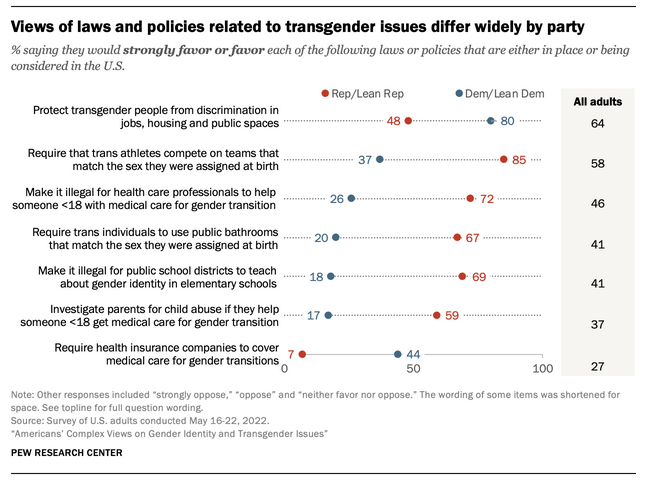
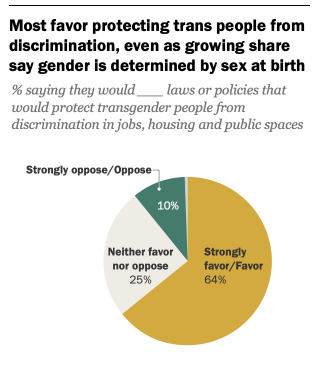



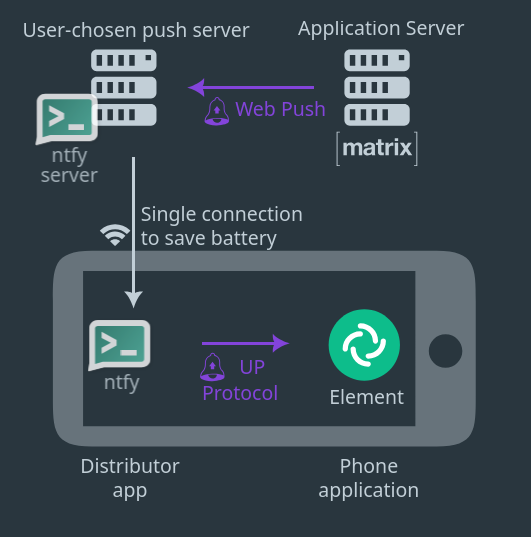













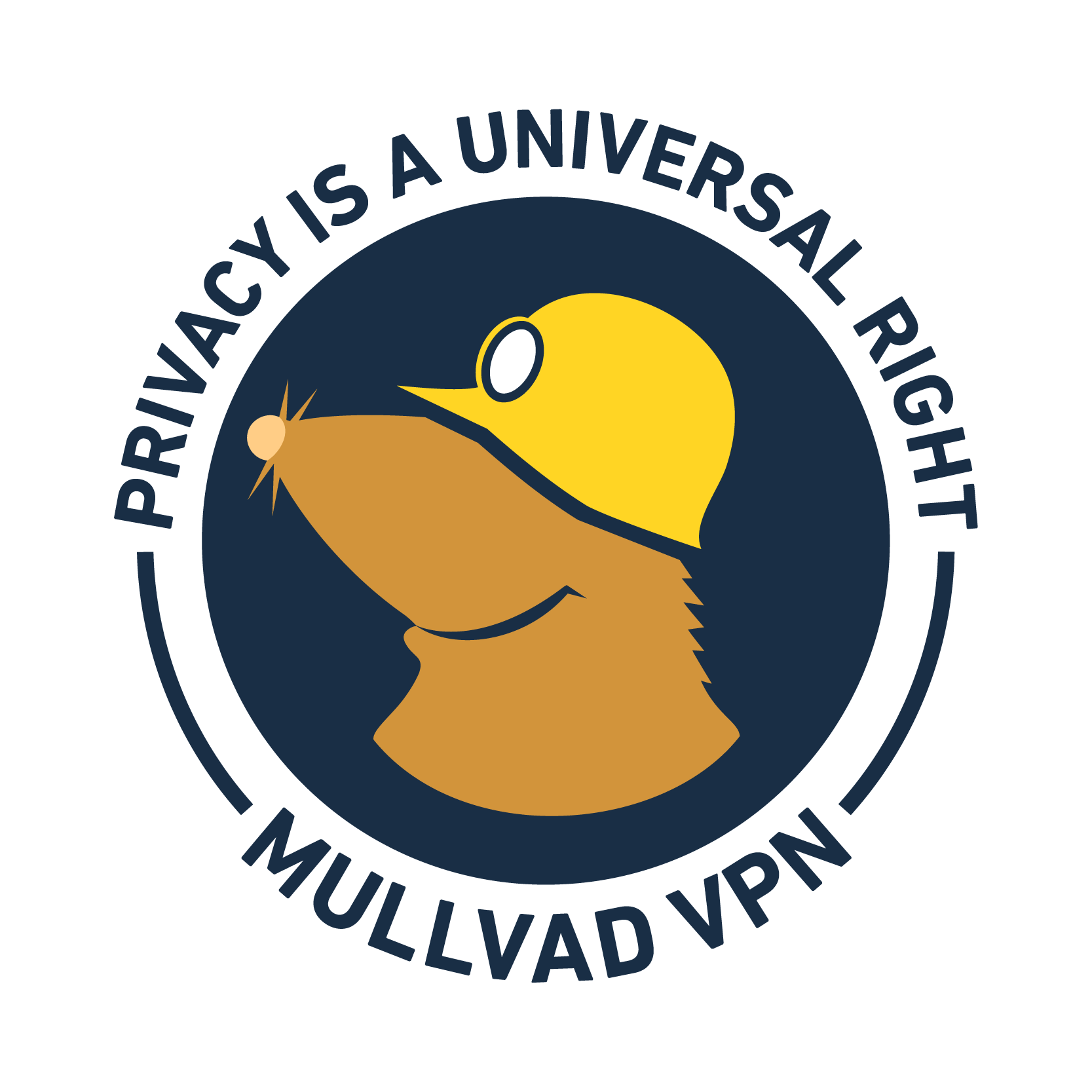
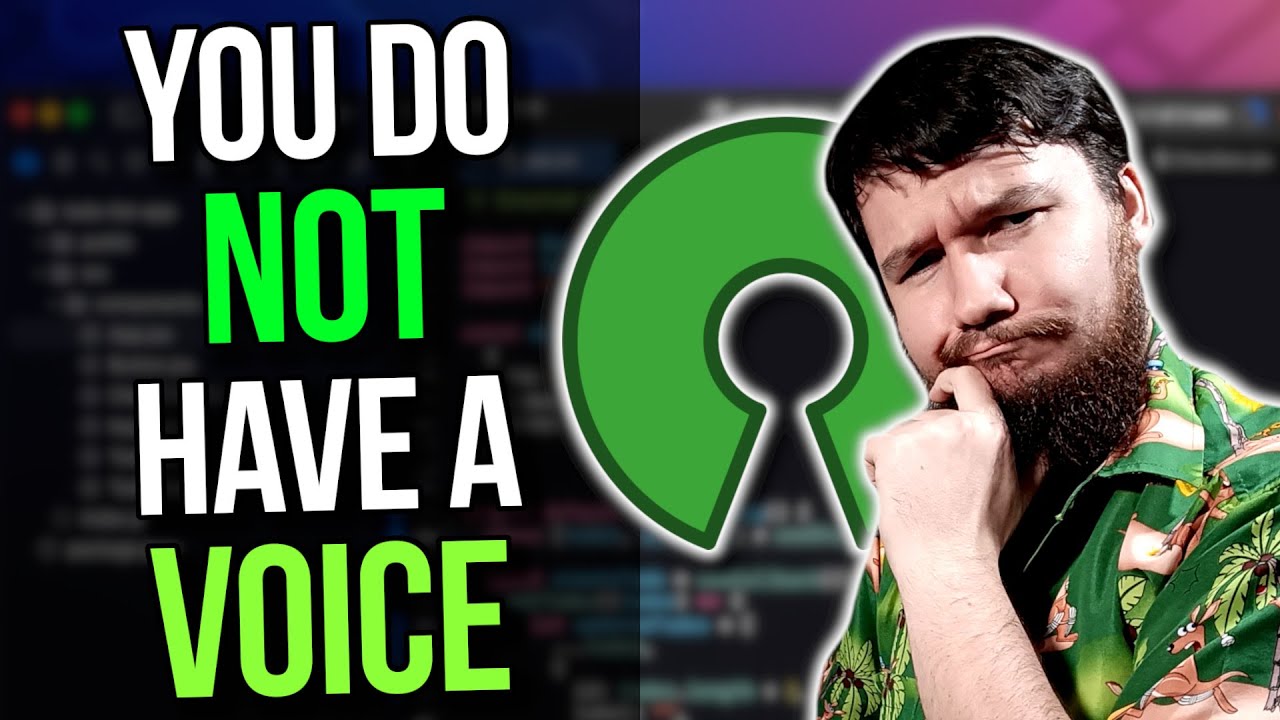
First off, one must be very careful of generalizing to an entire group from the actions of a small sample [1]. Using the metric of whether there have been trans people who have engaged in mass shootings is quite reductionist, and is a faulty generalization — if I am to interpret what you said to mean that “conservatives” are “against” all trans people because they think that they are all responsible for “shooting up” schools and churches. Second, to address your belief, to my knowledge, there has been at least one instance of a school shooter being trans [2].
References